(ドラゴンボール, Doragon Bōru?), created by Akira Toriyama in 1984,
is an internationally famous media franchise. It consists primarily of one manga series,
three different anime, seventeen animated feature films, an unofficial live-action Chinese movie,
a collectible trading card game, a large number of electronic games,
as well as other collectibles like action figures.
An official live-action film titled Dragonball is currently in production.
Dragon Ball has an extensive online fanbase and, as of 2005, is consistently one of the most
frequently searched-for terms on Google, Yahoo!, Lycos, and YouTube.
The narrative of Dragon Ball received some of its inspiration and various
characters from the Chinese folk novel Journey to the West,
though it diverges from the novel very quickly. It follows the adventures of its lead character,
Son Goku (based on the Monkey King of the folk legend, Sun Wukong) from his childhood into old age.
Dragon Ball originally included action and comedy elements,
as well a significant amount of science fiction, though the story became more sci-fi oriented over time.
History
Main article: Dragon Boy
Just prior to ending a successful six-year run on his humor manga, Dr. Slump,
in the Weekly Shonen Jump anthology magazine, Akira Toriyama started toying with the ideas that
he would later apply into the Dragon Ball manga. In 1983,
he wrote two chapters of Dragon Boy for the Fresh Jump anthology magazine.
This story, left unfinished, merged in the comic style of Dr. Slump with an action-oriented plot.
It included many elements which would be reused in the later series,
including a very different kind of Dragon Ball. In 1983, Toriyama published The Adventures of Tongpoo,
a sci-fi comic also featuring a Goku-like character and plot elements (such as "Hoi Poi Capsules")
which he would reuse later.
Dragon Ball manga
Main article: Dragon Ball (manga)
In late December 1984, the first issue of Dragon Ball appeared in Weekly Shonen Jump,
the same anthology magazine where Dr. Slump had previously been published.
The series was then published weekly and on a very tight schedule (14 pages per week,
plus title page) for nearly eleven years, ending in May 1995.
In total, 519 regular chapters and one bonus chapter were published.
Unlike American-style comic books, Dragon Ball was largely produced in black-and-white,
although a small number of pages in a subset of chapters were colorized for emphasis.
During the run of the manga in Japan, it was reprinted in as a tankōbon (Japanese graphic novels).
Unlike the original print run of the manga, the previously colorized pages were reprinted only
in grayscale.
A year and a half into the story of Dragon Ball,
Akira Toriyama included an extended cameo by some of the characters and locations
from his previous creation, Dr. Slump.
This is perceived by many fans as tying the two fictional universes together, although the Dr.
Slump characters never make any further appearances in Dragon Ball.
Dragon Ball anime
Main article: Dragon Ball (anime)
Within a short amount of time Dragon Ball had reached a level of popularity in
Japan that convinced the people of Toei Animation to produce both an anime series and a
feature film based on the characters.
The anime series premiered in February 1986 on Fuji Television,
running weekly and in prime time with new episodes every Wednesday night.
The anime series that was produced closely matched the manga that it was based on
(as opposed to Sailor Moon, for example, which the manga and anime diverged significantly),
but this had the major drawback that the anime would often catch up to the current
point in the manga and the animators were left to create additional episodes and
situations to allow them time for more source material to be written.
Such material in the series (known by fans as filler)
was often of a lower quality than the original manga and occasionally would directly
contradict information that would be provided in the source material later.
This is perhaps unsurprising due to the difficulty of producing 20 minutes of animation each week,
with only 14 pages of manga to work from.
In December of 1986, the first theatrical film version of the anime was produced.
Simply titled "Dragon Ball" (When released on VHS,
the subtitle "The Legend of Shenlong" was added),
it retold the events of the first several episodes of the anime series.
The movie was followed by additional movies in the July of 1987
("The Sleeping Princess in the Devil's Castle") and the July of 1988 ("Mystical Great Adventure").
Because of the popularity of the title in Japan,
three video games (all for the Nintendo Family Computer) were produced.
The first, released in 1986 as "The Mystery of Shenlong", was the only action game of the three.
The other two (released in 1988 and 1989) were card game/board game hybrids.
The anime series ended in April 1989 after 153 episodes
(and Goku's transition to adulthood). Although the animated series ended,
fans did not have to wait long for the continuation of the story. The sequel anime,
Dragon Ball Z debuted the following week.
Dragon Ball Z
Main article: Dragon Ball Z
Picking up exactly where the previous series left off,
Dragon Ball Z began airing in Japan a week after the Dragon Ball anime ended,
and in the same time slot. A new series name was chosen
by the producers to differentiate the current series,
with its reduced emphasis on comedy and its new science fiction themes,
from the previous one -- even though both were still based on the same Dragon Ball manga.
The new show also featured improved production values and animation quality.
This transition point was attractive because not only did it follow a several
year gap in the plot (one of several such gaps in the series),
but it also featured revised origin stories for several lead characters and the
introduction of several new characters. This made it
a good jumping point for new fans of the series.
Three months after the premier of DBZ,
in July 1989, the first movie of the series (entitled Dead Zone in the US) premiered in theaters.
In total, thirteen DBZ movies were produced. In addition to the feature films,
two movie-length television specials were also produced for the series.
A visual walkthrough was also made for one of the many NES games based
on the series, but was only released in Japan.
It is highly unlkely that an English version will ever be produced.
Like the original Dragon Ball anime,
DBZ suffered from the same manga-to-anime pacing problems which resulted in the excess
of filler material in the previous anime. In some ways,
the problem was more pronounced during the production of DBZ as
the increased focus on action resulted in many issues of the manga devoted entirely
to action sequences. These combat-oriented issues were more difficult to
"stretch" into episodes than more diverse action and this resulted in
pacing problems throughout some sections of the series.
In May 1995, the long running Dragon Ball manga finally ended its run
in Shonen Jump as creator Akira Toriyama had grown exhausted and
his editors allowed him to end the series.
Without additional issues of the manga to translate onto the small screen,
DBZ ended in January 1996 after 291 episodes. Once again however,
Japanese fans would not have to wait more than a week for the continuation of the story,
in Dragon Ball GT.
During the production of DBZ in Japan, popularity for the franchise was at its peak.
Production of video games--first for the Nintendo Family Computer (Famicom),
then later for Super Famicom, PlayStation, Game Boy,
and Sega Saturn-- reached its peak during this period. Ironically,
despite tremendous success in Japan and tons of marketable goods,
the series had yet to take off in the US.
Dragon Ball GT
Main article: Dragon Ball GT
The third and final Dragon Ball series quickly followed the completion of Dragon Ball Z in February.
Unlike the two previous series,
Dragon Ball GT was not based on the Dragon Ball manga by Akira Toriyama.
Instead, it was completely new material.
From the beginning however, there were problems with the series.
Dragon Ball fandom in Japan was waning.
To help renew interest in the series and bring it back to its roots,
a decision was made to return the series to the style of the original
comedy Dragon Ball anime, rather than the more action-oriented Dragon Ball Z.
This decision led to the reintroduction of several villains not present since
the original series, a return to the "Dragon Ball quest"-style plot of that series,
and even the mystical de-aging of Goku, back to roughly the age he was when the first series began.
Perhaps unsurprisingly, this creative change did not
improve ratings and the series focus was changed again after the completion of only sixteen episodes.
The remaining episodes of the series returned to the more action-oriented style of the latter series. As a result of declining interest, the series had ended in November 1997 after only 64 episodes. There was no sequel the following week.
DBGT was also less successful in its tie-ins than the previous series had been.
Unlike the previous series, DBGT did not spawn any theatrical films on its own.
In March 1996, just one month after the introduction of the series,
the Dragon Ball 10th Anniversary Special (called The Path to Power in the US) was released.
Although produced in the artistic style of DBGT, the plot was a modified retelling of
the very beginning of the original Dragon Ball anime.
This was the last Dragon Ball animated movie to be released to date.
Other than that film, the final series was limited to a single television special,
released in March 1997. In other product areas, such as video games and merchandise,
DBGT was also less successful than its predecessors.
Jumat, 05 Februari 2010
Langganan:
Posting Komentar (Atom)



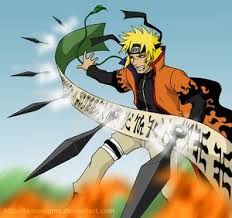
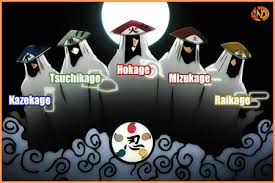
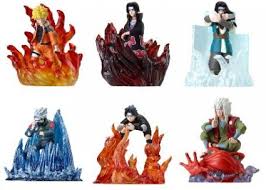
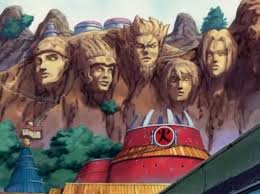
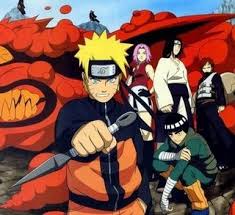
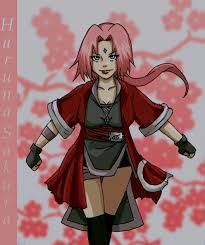
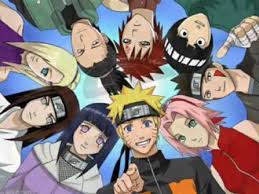
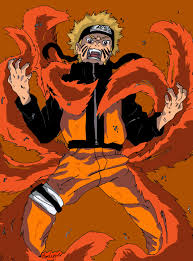

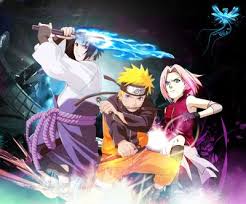


























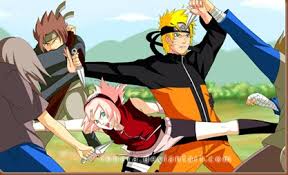



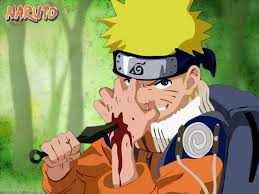





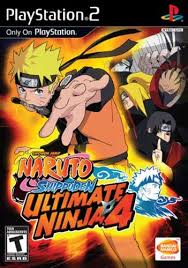


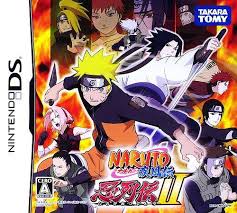



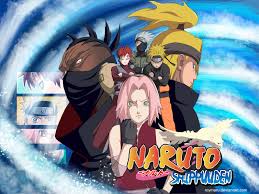


0 komentar:
Posting Komentar